As a homeowner, creating a space that reflects your unique style and personality is essential. One of the most effective ways to achieve this is through decorative wood panels for interior walls. Not only do they add warmth and texture, but they also create a focal point that can greatly enhance your living environment. In this comprehensive guide, we will explore everything you need to know about decorative wood panels—from their types and styles to installation tips and maintenance.
What Are Decorative Wood Panels?
Decorative wood panels refer to wooden boards used to cover interior walls, providing aesthetic appeal and functionality. They come in various styles, colors, and finishes, allowing homeowners to achieve a customized look. These panels can be made from solid wood, plywood, MDF, or engineered wood, making them versatile for different design schemes.
The Benefits of Decorative Wood Panels
Before diving into the details of styles and installation, let’s discuss why decorative wood panels are worth considering for your home.
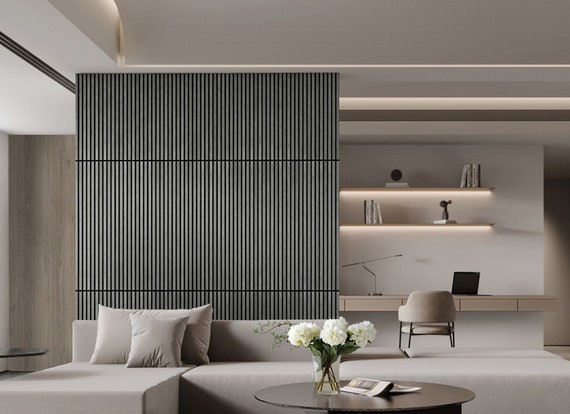
1. Aesthetic Appeal
Wood panels offer a timeless elegance that can complement various interior design styles, from rustic to modern. The natural grain and texture of wood can bring warmth and a welcoming atmosphere to any room.

2. Versatility
Whether you’re looking to create an accent wall or cover an entire room, decorative wood panels provide flexibility. They can be installed in various patterns, such as horizontal, vertical, or herringbone, allowing you to express your creativity.
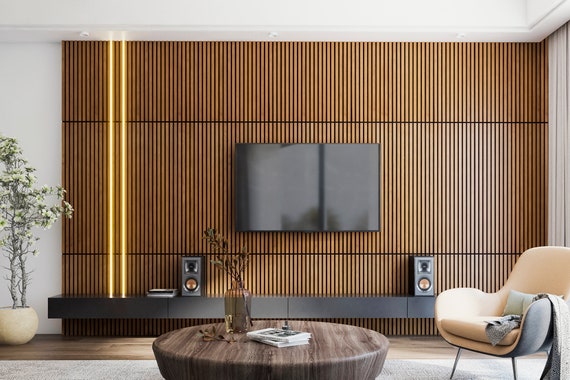
3. Insulation and Acoustics
Wood has natural insulating properties that help maintain your home’s temperature. Additionally, it can improve room acoustics, making spaces quieter, which is especially beneficial in open-floor plans.

4. Easy Installation and Maintenance
Many decorative wood panels come with easy-to-install mechanisms, such as tongue and groove or peel-and-stick options. Moreover, maintaining their appearance is relatively straightforward—often requiring just a quick wipe down with a damp cloth.
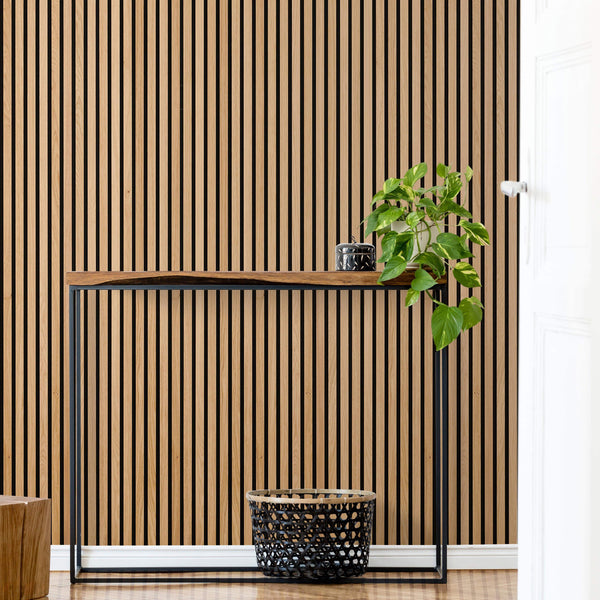
5. Increased Property Value
Investing in decorative wood panels can increase your home’s resale value, as they enhance the aesthetic quality of your interiors. Prospective buyers often appreciate unique design features that stand out.
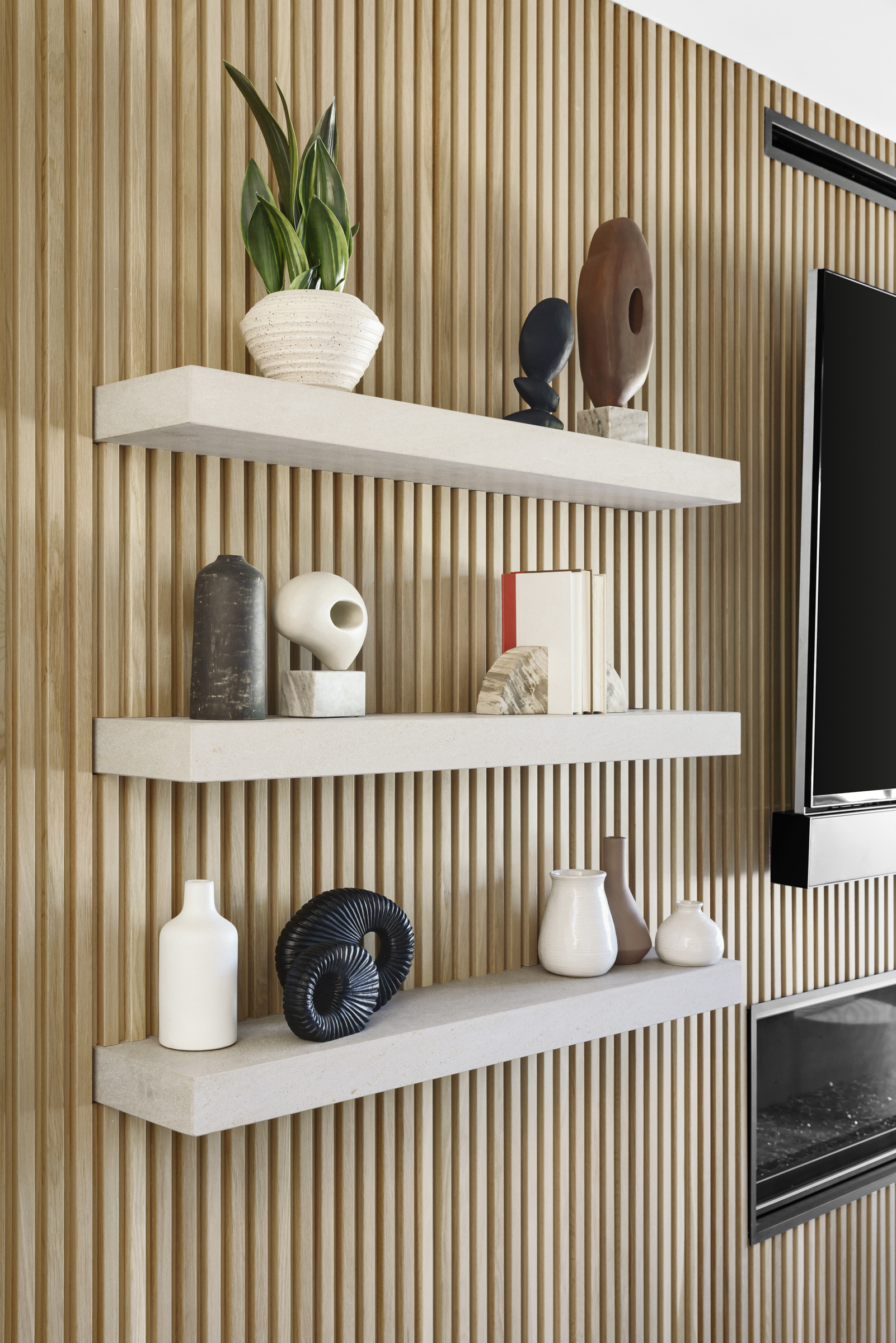
Types of Decorative Wood Panels
Now that we understand the benefits let’s explore the various types of decorative wood panels available on the market.
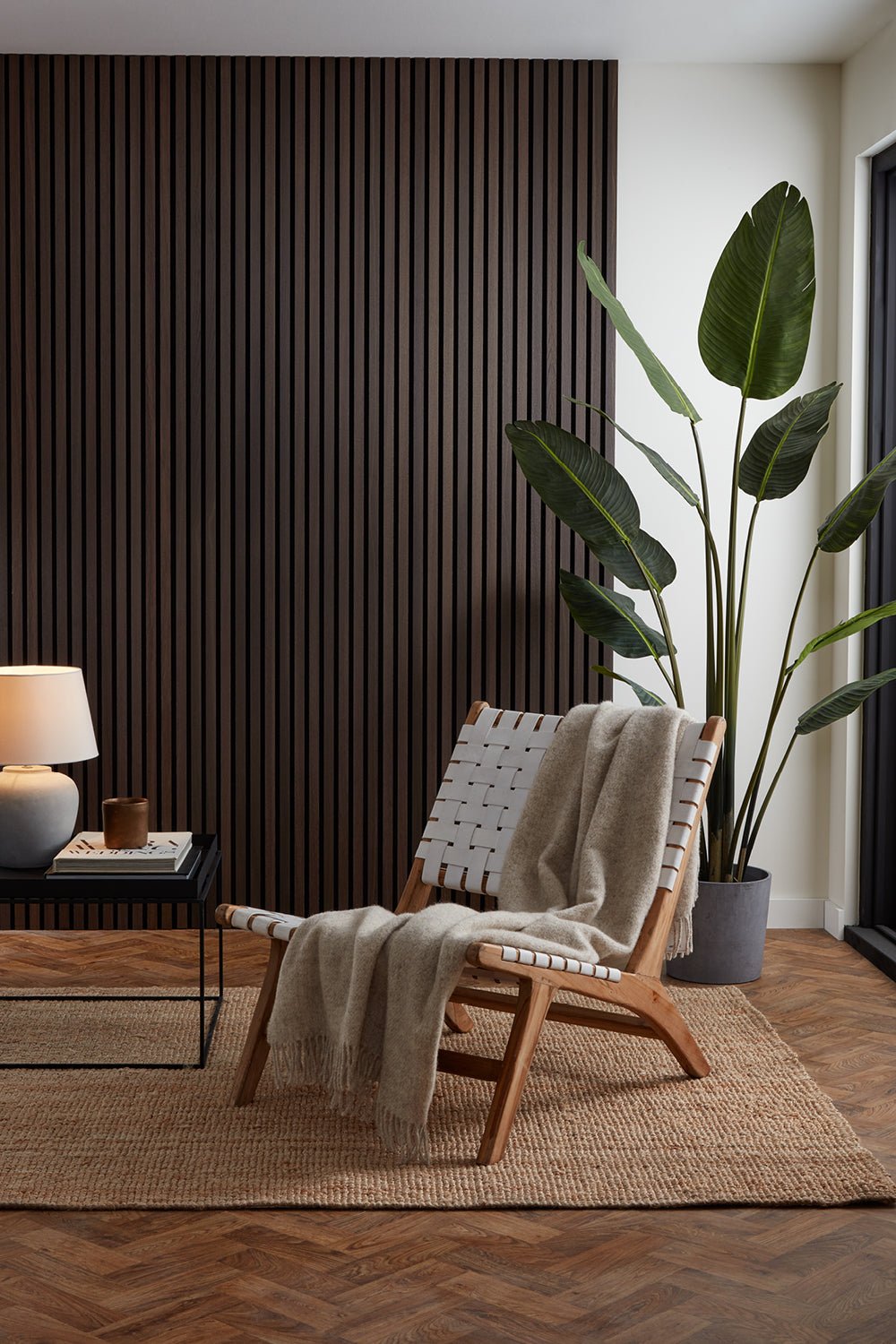
1. Solid Wood Panels
Solid wood panels are crafted from single pieces of wood, providing durability and a high-end finish. They can be stained or painted to match any decor.
Pros and Cons of Solid Wood Panels
| Pros | Cons |
|---|---|
| High durability | Can be expensive |
| Rich aesthetic appeal | May require more maintenance |
| Excellent insulation | Heavyweight, may require additional support |
2. Plywood Panels
Plywood panels are made by gluing together thin layers of wood. They are a cost-effective alternative to solid wood, offering similar aesthetics at a lower price.
Pros and Cons of Plywood Panels
| Pros | Cons |
|---|---|
| Affordable | Less durable than solid wood |
| Lightweight | May warp if exposed to moisture |
3. MDF Panels
MDF (Medium-Density Fiberboard) is engineered from wood fibers and resin. These panels are smooth and can be painted easily, making them highly versatile.
Pros and Cons of MDF Panels
| Pros | Cons |
|---|---|
| Cost-effective | Less resistant to moisture |
| Smooth surface ideal for painting | Not as strong as solid wood |
4. Engineered Wood Panels
Engineered wood panels are manufactured using multiple layers of wood, which increases stability and makes them less prone to warping.
Pros and Cons of Engineered Wood Panels
| Pros | Cons |
|---|---|
| High stability | May not have the same aesthetic appeal as solid wood |
| Resistant to humidity changes | Can be more expensive than MDF |
Choosing the Right Decorative Wood Panels for Your Space
When selecting decorative wood panels, consider the following factors:
1. Style and Design
What is the overall theme of your home? Choose panels that complement your existing decor. For a rustic feel, consider reclaimed wood. For a modern look, sleek, smooth panels may be more suitable.
2. Room Functionality
Different rooms have different requirements. Consider moisture levels in areas like bathrooms or kitchens when selecting your material.
3. Color Scheme
The color of the wood panels should harmonize with your interior palette. Lighter woods can make a small space feel more open, while darker woods add richness and warmth.
How to Install Decorative Wood Panels
Installing decorative wood panels can be a fun DIY project. Follow these steps for a successful installation:
Step 1: Gather Materials and Tools
You will need:
- Decorative wood panels
- Adhesive or nails
- Measuring tape
- Level
- Utility knife or saw
- Caulk and caulking gun
- Sandpaper
- Safety goggles
Step 2: Prepare the Wall Surface
Ensure the wall is clean, dry, and smooth. Fill any holes or imperfections, and sand the surface lightly if needed.
Step 3: Measure and Cut Panels
Measure the area where you will install the panels. Cut the panels to fit using a utility knife or saw, ensuring all pieces fit snugly together.
Step 4: Install the Panels
Use adhesive or nails to secure the panels to the wall. Start from one corner and work your way across, ensuring each panel is level before proceeding to the next.
Step 5: Finishing Touches
Once the panels are installed, fill any gaps with caulk and sand down rough edges. You may choose to stain or paint the panels at this stage.
Maintenance of Decorative Wood Panels
Caring for your wood panels is crucial for longevity. Here are some tips:
1. Regular Cleaning
Dust panels regularly with a soft cloth. For deeper cleaning, use a damp cloth with mild soap and water—never saturate the wood.
2. Avoid Excessive Moisture
Keep panels away from moisture to prevent warping or mold growth. In kitchens and bathrooms, ensure good ventilation.
3. Periodic Inspections
Inspect the panels for any signs of damage or wear. Address issues promptly to maintain the look and durability of your wood panels.
Comparing Popular Decorative Wood Panel Brands
Here’s a quick comparison of some popular decorative wood panel brands available:
| Brand | Type of Panels | Price Range | Best For |
|---|---|---|---|
| Wood Wall | Reclaimed Wood | $$ | Rustic Decor |
| Timber Wall | Solid Wood | $$$ | High-End Finishes |
| Paneling Solutions | MDF & Plywood | $ | Budget-Friendly Installations |
Frequently Asked Questions (FAQs)
1. Are decorative wood panels suitable for all rooms?
Yes, decorative wood panels can be used in various rooms, but consider humidity levels, especially in bathrooms and kitchens. Choose materials resistant to moisture for these areas.
2. How do I clean wood panels?
Regularly dust the panels with a soft cloth. For deeper cleanings, use a damp cloth with mild soap, but avoid soaking the wood.
3. Can I install wood panels myself?
Yes, many homeowners choose to install decorative wood panels as a DIY project. Following the proper steps and using the right tools can lead to successful results.
4. Do wood panels require a lot of maintenance?
Wood panels are relatively low maintenance. Regular cleaning and occasional inspections will keep them looking their best.
5. What is the cost of decorative wood panels?
Costs vary depending on the type of wood and brand, ranging from $1 to $10 per square foot. Solid wood and premium brands typically cost more.
Conclusion
Decorative wood panels are a phenomenal way to transform your interior walls, offering beauty, warmth, and versatility. With various options available, you can find the perfect panel style that fits your home’s aesthetic while ensuring easy installation and maintenance. Whether you choose solid wood, MDF, or engineered panels, the result will be a unique space that resonates with your personal style. embark on your decorative journey today and enjoy the countless possibilities that wood panels can bring to your home!